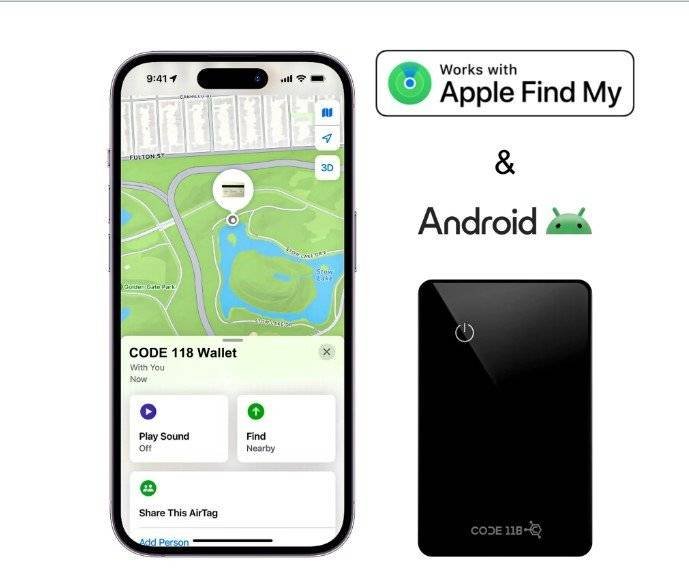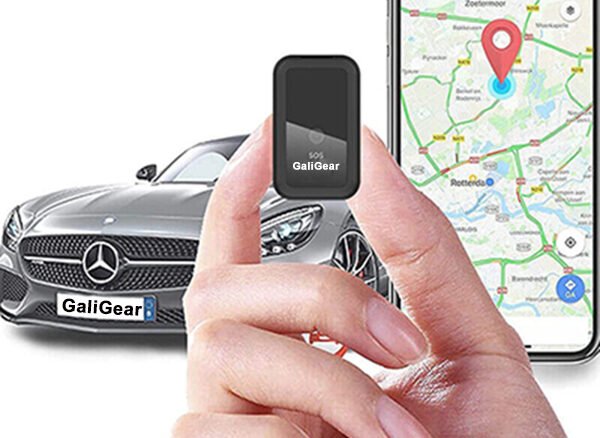How to install and configure a car tracker
Configuring a car tracker involves several steps, including selecting the right device, installing it in your vehicle, and setting up the software or app to monitor the vehicle’s location. Here’s a general guide to help you configure a car tracker:
1. Choose the Right Car Tracker
- Types of Trackers:
- OBD Trackers: Plug into the OBD-II port of your car (usually under the dashboard).
- Hardwired Trackers: Connected directly to the car’s battery and usually installed behind the dashboard.
- Portable Trackers: Battery-operated and can be placed anywhere in the car.
2. Install the Tracker
- OBD Trackers: Simply plug into the OBD-II port.
- Hardwired Trackers:
- Find a suitable location under the dashboard.
- Connect the wires to the car’s battery, ignition, and ground. This often requires some knowledge of the car’s electrical system.
- Portable Trackers: Place it in a secure, hidden location within the vehicle.
3. Activate the Tracker
- SIM Card: Insert a SIM card if required (most GPS trackers need one for data transmission).
- Power On: Ensure the tracker is powered on. For hardwired trackers, check the connection. For battery-operated ones, make sure the battery is charged.
4. Set Up the Software/App
- Download the App: Most trackers come with a dedicated app or software.
- Create an Account: Register and create an account if necessary.
- Configure Settings:
- Add Device: Enter the tracker’s unique ID or IMEI number.
- Set Up Notifications: Configure alerts for geofencing, speed limits, and other parameters.
- Monitoring: Familiarize yourself with the interface to monitor your vehicle’s location in real-time.
5. Test the Tracker
- Drive the Vehicle: Take your car for a drive to ensure the tracker is working correctly.
- Check the App: Verify that the app is updating the car’s location accurately.
6. Maintenance
- Battery: Ensure battery-operated trackers are charged regularly.
- Software Updates: Keep the tracking software or app updated to the latest version.
- Check Connections: Periodically check the connections for hardwired trackers to ensure they are secure.
Troubleshooting Tips
- No Signal: Ensure the tracker has a clear line of sight to the sky. Metal structures can block GPS signals.
- Incorrect Location: Recalibrate the tracker or check for any interference.
- No Updates: Ensure the SIM card has an active data plan and the tracker is in an area with network coverage.
Additional Features
- Geofencing: Set up virtual boundaries and receive alerts when the vehicle enters or leaves these areas.
- Speed Alerts: Get notifications if the vehicle exceeds a predefined speed limit.
- Historical Data: Access past location data to review routes and stops.
If you have a specific model or brand of car tracker, the configuration steps may vary slightly, so it’s best to refer to the user manual or the manufacturer’s website for detailed instructions.
Selecting the Right Car Tracker
- OBD Trackers:
- Pros: Easy to install, often includes diagnostics.
- Cons: Visible and easily removable.
- Hardwired Trackers:
- Pros: Hidden installation, hard to tamper with.
- Cons: Requires professional installation.
- Portable Trackers:
- Pros: No installation required, easy to move between vehicles.
- Cons: Limited battery life.
Detailed Installation Guide
- OBD Trackers:
- Locate the OBD-II Port: Usually under the dashboard on the driver’s side.
- Plug In the Tracker: Simply insert the tracker into the port.
- Test the Connection: Ensure the tracker powers on (usually indicated by a light).
- Hardwired Trackers:
- Plan the Installation: Decide where to mount the device, considering accessibility for signal and concealment.
- Disconnect the Battery: For safety, disconnect the vehicle’s battery before starting the installation.
- Connect Wires:
- Red Wire: Connect to a constant 12V power source (usually the car battery).
- Black Wire: Ground to the chassis.
- Yellow Wire (optional): Connect to the ignition for ignition detection.
- Mount the Device: Secure the tracker under the dashboard or another hidden location.
- Reconnect the Battery: Ensure all connections are secure and reconnect the vehicle’s battery.
- Test the Device: Verify that the tracker is receiving power and transmitting data.
- Portable Trackers:
- Charge the Battery: Ensure the tracker is fully charged.
- Place the Tracker: Conceal the tracker in a secure location within the vehicle.
- Activate the Tracker: Power on the device and ensure it is transmitting data.
Software and App Configuration
- Creating an Account:
- Download the App: Available from the Apple App Store, Google Play Store, or the manufacturer’s website.
- Register: Create an account with your email and a password.
- Log In: Use your credentials to log into the app.
- Adding and Configuring the Device:
- Enter Tracker Details: Input the tracker’s unique ID or IMEI number.
- Set Preferences:
- Update Frequency: Set how often the tracker reports its location (more frequent updates use more data and battery).
- Notifications: Configure alerts for events such as movement, entering or leaving a geofenced area, speeding, or low battery.
- Map and Interface: Familiarize yourself with the map interface and how to interpret the vehicle’s data.
Testing the System
- Initial Test Drive:
- Check Real-Time Tracking: Ensure the app shows the vehicle’s real-time location accurately.
- Verify Notifications: Test if you receive alerts for the configured events (e.g., geofence crossing).
- Review Data: Look at historical data to ensure the tracker logs trips correctly.
Advanced Features
- Geofencing:
- Define Boundaries: Set up virtual perimeters on the map for areas like home, work, or school.
- Notifications: Receive alerts when the vehicle enters or exits these areas.
- Speed Alerts:
- Set Speed Limits: Define speed thresholds within the app.
- Receive Alerts: Get notified if the vehicle exceeds these limits.
- Driver Behavior Monitoring:
- Hard Acceleration and Braking: Track and get reports on harsh driving events.
- Cornering and Speeding: Monitor how the vehicle is being driven.
- Maintenance Reminders:
- Service Intervals: Set reminders for regular vehicle maintenance based on mileage or time.
- Notifications: Receive alerts when service is due.
Troubleshooting Common Issues
- Tracker Not Responding:
- Check Power: Ensure the tracker is properly connected to a power source.
- Signal Issues: Make sure the tracker is not obstructed by metal or other materials that can block signals.
- Data Plan: Verify that the SIM card has an active data plan and is properly inserted.
- Inaccurate Location Data:
- Recalibration: Some trackers require recalibration; refer to the user manual.
- Interference: Ensure the tracker is not near devices that could cause interference.
- No Notifications:
- App Settings: Check that notifications are enabled in the app and on your phone.
- Internet Connection: Ensure your phone has an active internet connection to receive notifications.
Security and Privacy
- Data Security: Ensure the app and tracker use encrypted connections to protect your data.
- Privacy Settings: Control who can access the tracker data and set up permissions for multiple users if necessary.
Following these detailed steps will help ensure your car tracker is properly configured and provides accurate, reliable data.


